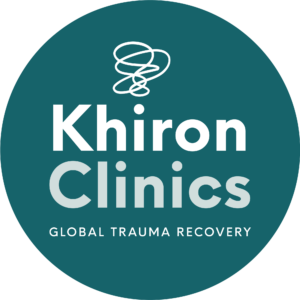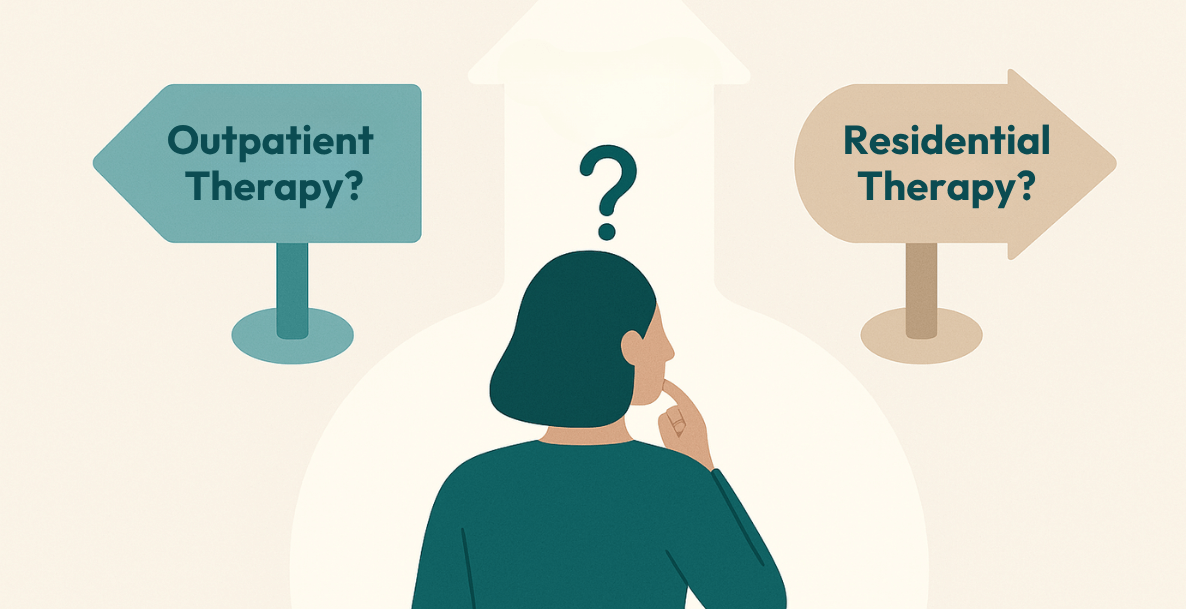Complex Post-Traumatic Stress Disorder (C-PTSD) often manifests in ways beyond the more commonly recognised symptoms of trauma and PTSD. While flashbacks and nightmares are well-known signs, there are several lesser-known indicators of C-PTSD that individuals may experience, without the awareness that these are related to trauma. This can lead to confusion, shame and self-blame, which often hinders recovery.
Emotional flashbacks, for example, involve re-experiencing past emotions rather than events, often resulting in sudden and intense feelings of fear, shame, or despair without any immediately apparent relation or trigger. Additionally, people with C-PTSD often struggle to regulate their emotions, leading to frequent mood swings, emotional outbursts, or difficulty expressing their feelings.
Persistent feelings of shame and guilt are common, as are a deep sense of emptiness and numbness, making it challenging to connect with others or find joy in life. Trust issues, fear of abandonment, and challenges with intimacy further compound the difficulty individuals with C-PTSD face in forming and maintaining healthy relationships. Recognising these less-known signs of C-PTSD is crucial for early intervention and effective treatment.
What Is Complex Trauma and What Are The Causes?
C-PTSD can result from various types of traumatic events, particularly childhood abuse, neglect, abandonment, ongoing domestic violence, or witnessing repeated violence. Individuals are more likely to develop C-PTSD if they experienced trauma at an early age, endured prolonged trauma with little hope of escape, faced multiple traumatic events, or were harmed by someone close to them. These factors contribute to the complexity and severity of the disorder, often leading to significant challenges in coping and recovering from trauma.
Detachment From Trauma
Detachment from trauma, often observed in C-PTSD, involves a profound disconnection from oneself and the surrounding world. Individuals may experience depersonalisation, where they feel disconnected or detached from their thoughts, feelings, or body, as if they are observing themselves from outside.
Additionally, they may experience derealisation, where the external world feels unreal, distant, or distorted. This detachment serves as a coping mechanism, allowing individuals to distance themselves from overwhelming emotions and experiences associated with trauma. However, it can significantly impair their ability to engage with and navigate the world around them, leading to disorientation, confusion, and isolation. Recognising detachment as a symptom of C-PTSD is crucial for early intervention and effective treatment, as it can greatly impact an individual’s overall well-being and quality of life.
Emotional Dysregulation
Emotional dysregulation is a common and distressing symptom of C-PTSD, particularly in survivors of childhood trauma.[1] Survivors may struggle to regulate their emotions effectively, leading to intense and unpredictable emotional responses. They may experience frequent mood swings, emotional outbursts, or difficulty managing their feelings. Triggers related to past trauma can evoke overwhelming emotions such as fear, anger, shame, or sadness, which may feel disproportionate to the current situation.
Moreover, individuals with C-PTSD may have a heightened sensitivity to stress, leading to an exaggerated response to minor stressors. This emotional dysregulation can significantly impact daily functioning, relationships, and overall well-being. Learning to recognise and manage triggers, developing healthy coping strategies, and seeking therapeutic support are essential for individuals with C-PTSD to regain control over their emotions and improve their quality of life.
Dissociation
Dissociation is a psychological defence mechanism characterised by a disruption or disconnection in the conventional integration of identity, memory and perception. Dissociation, while deeply distressing, is a strategic and protective measure the mind uses to cope with overwhelming or traumatic experiences. The sense of detachment from reality that dissociation causes allows trauma survivors to experience an event as if it is happening to someone else, or another detached part of themselves.
Childhood and complex trauma are most associated with dissociation, as it becomes a defense mechanism for dealing with ongoing threat that there is no other escape from.[2] The sensory information that triggers dissociation can change over time, and the threshold for what we perceive as threat often tightens with repeated activation of the stress response – although in some cases, the perception of threat can change in the opposite direction, with survivors finding themselves in dangerous situations that the autonomic nervous system failed to highlight as threatening.
This tightened threshold for what is threatening is often explained as our window of tolerance, which becomes smaller as increasingly ‘regular’ things trigger dissociation. For example, the sensory information that triggers dissociation may begin as physical pain as a result of assault, and eventually become physical pain caused by injury, potentially something as simple as stepping on a plug. Similarly, dissociation may initially last several minutes, but as time and traumatic experiences continue, it can begin to last for hours or even days.
Hypoarousal and Hyperarousal
Dissociation is related to hypoarousal, occurring when the brain perceives a situation as so threatening that the only escape is through emotional, physical, and psychological detachment. This response can become disruptive when the autonomic nervous system (ANS) identifies typically non-threatening sensory information—such as sounds, feelings, and smells—as dangerous, triggering the freeze response.
The other end of the spectrum is hyperarousal, where people experience an exaggerated or intense response to internal and external stressors. Hyperarousal may make us feel constantly on edge, hypervigilant, or easily startled. Relaxation and sleep may become difficult, leading to symptoms such as insomnia or restless sleep.
Additionally, hyperarousal can manifest as irritability, anger, aggressive behaviour, and difficulty concentrating due to racing thoughts or distractibility. Physically, individuals may experience symptoms such as a rapid heartbeat, sweating, trembling, or a constant feeling of being on edge or wired. These symptoms reflect an overactive fight-or-flight response and are the body’s natural way of responding to perceived threats.
Physical Symptoms Related to C-PTSD
The recognition of the connection between the body and mind has become diluted in our modern medical model of health. Physical symptoms often go unrecognised and are treated as separate issues needing alternative treatment. Knowing the ways that trauma affects the body helps to demystify the confusing and often distressing interplay of physical and psychological symptoms of C-PTSD.
Cortisol is a crucial hormone in our body that converts proteins into energy, regulates sugar levels and blood pressure, and modulates our immune system. During stress, cortisol suppresses certain functions like reproduction and immune response to focus our energy on dealing with the stressor. However, in people with C-PTSD, the stress responses can become overactive, causing altered cortisol levels, potentially leading to a variety of physical symptoms.
Skin problems, such as scarring and dryness, can occur due to decreased water retention. Poor sleep, ringing in the ears, and weight gain, especially around the stomach, are also common. Digestive issues, aches, and pains are prevalent, along with challenges in building and maintaining muscle. Individuals may experience cold extremities, increased yawning, and exacerbated allergies due to the impact of cortisol on the immune system and bodily functions.[3]
At Khiron Clinics we specialise in treatment that recognises the body-mind connection and understand that healing from C-PTSD requires a bottom-up approach, where we address the physiological and sensory aspects of trauma before delving into cognitive or emotional processing. We firmly believe in the importance of creating a solid foundation of physiological well-being and perceived safety as a precursor to effective psychological healing and work.
Sources:
[1] Dvir Y, Ford JD, Hill M, Frazier JA. Childhood maltreatment, emotional dysregulation, and psychiatric comorbidities. Harv Rev Psychiatry. 2014 May-Jun;22(3):149-61. doi: 10.1097/HRP.0000000000000014. PMID: 24704784; PMCID: PMC4091823.
[2] Choi, K. R., Seng, J. S., Briggs, E. C., Munro-Kramer, M. L., Graham-Bermann, S. A., Lee, R. C., & Ford, J. D. (2017). The dissociative subtype of Posttraumatic Stress Disorder (PTSD) among adolescents: Co-occurring PTSD, depersonalization/derealization, and other dissociation symptoms. Journal of the American Academy of Child & Adolescent Psychiatry, 56(12), 1062–1072. https://doi.org/10.1016/j.jaac.2017.09.425
[3] Unexpected physical symptoms of PTSD. PTSD UK |. (n.d.). https://www.ptsduk.org/10-unexpected-physical-symptoms-of-ptsd/#:~:text=It%20can%20also%20make%20our,also%20a%20very%20delicate%20one.






